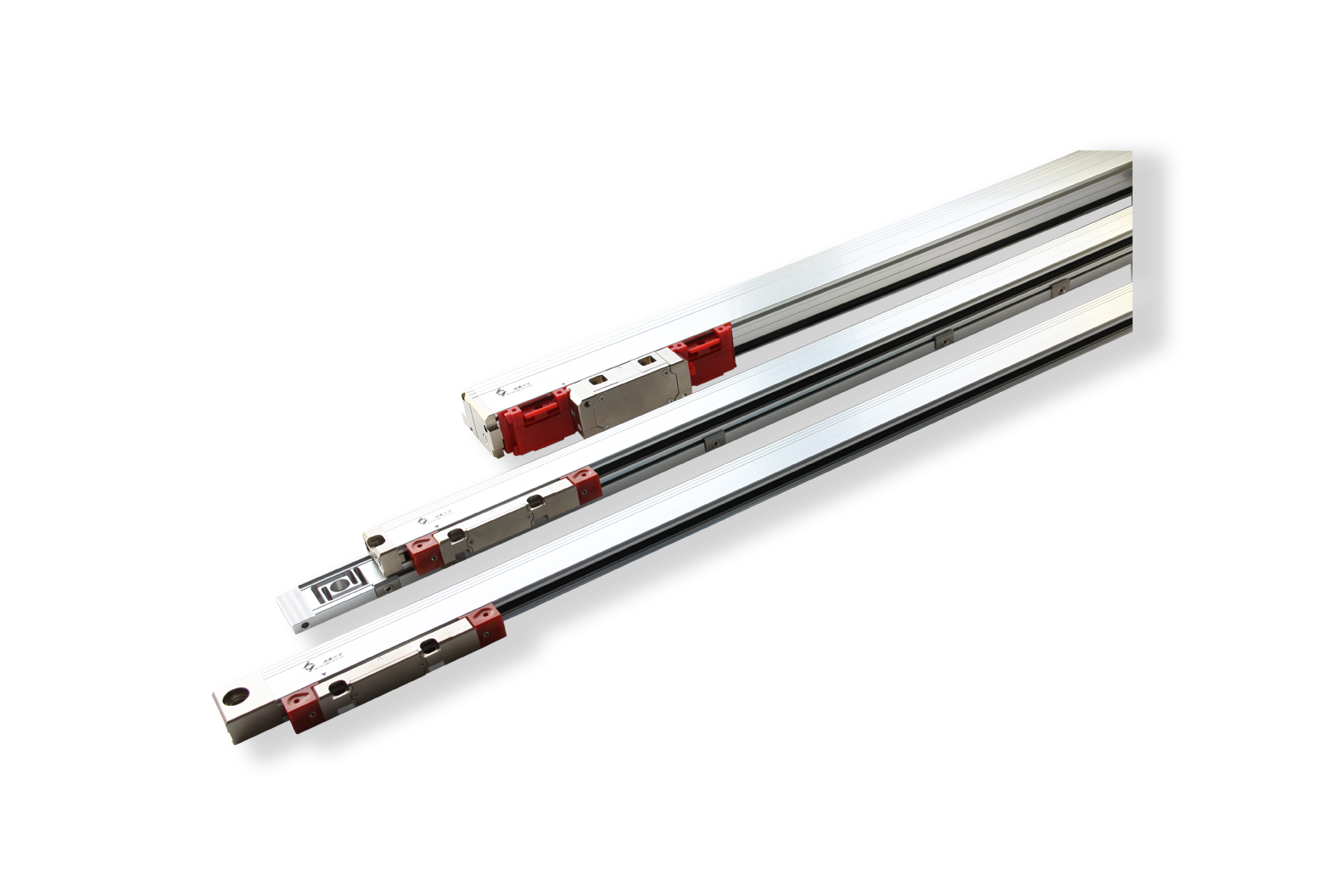
The VR helmet that Lenovo introduced at this year's CES is a bit like Sony's Play Station VR "Halo" version, but it is no longer as close to the face as the ski glasses, but below the forehead. This way of wearing is not only very comfortable, but also opens a new door to VR helmet flip function, this feature will make everyday wearing a helmet easier.
Flip function
If you wear a VR helmet and you want to pick up the remote control, look for a pair of headphones, or take a call, it's actually quite painful. Sony's PSVR helmet has a retractable display shell, which at least makes it easier for you to look down, but it always feels uncomfortable to maintain this angle over time. And it would be very uncomfortable to speak in such a weird way with someone in such a strange angle that they would face each other face to face. HTC Vive's VR helmet solution to this problem is to add a transparent camera to the helmet that allows you to see the outside of the helmet. However, a single camera perspective lacks a stereoscopic depth effect, and sometimes there is a strange stylized silhouette effect. In the end, there is only one way to solve the "I need to see the world outside the helmet" - so that the helmet can be easily removed.

We got a design prototype of Lenovo's VR helmet this Monday, and we discovered a very convenient feature. It has a hinge on the helmet that can easily flip the monitor case upside down. I really hope that all VR helmets in the future will draw on this kind of humanized design.
Design and fit
The prototypes we have in our hands have not yet been functionalized, but their industrial design parts have shown amazing success. Behind the headband, there is a ratchet tightener (similar to the PSVR) to ensure that the helmet can rest firmly on the back of the head and cling to your forehead. Compared with other helmets, Lenovo's VR helmets are very compact, similar in size to Gear VR, and smaller than PSVR and Vive.
The Lenovo helmet is designed to be very comfortable, but as a prototype that is not functionalized, the final weight of the helmet may increase, and the final product's performance in terms of weight is still uncertain. Generally speaking, we still like the helmet design of "Halo" very much. We also hope that Lenovo's final product can be as comfortable as PSVR.
Headphone problem
Unfortunately, Lenovo doesn't have Rift's own audio solution. Its VR helmet does not have its own audio output and requires the user to have its own headphones. So a pair of headphones with poor quality may affect the comfort of the helmet. The bottom of the Lenovo helmet housing has a 3.5mm headphone jack. This connection design feels a little strange because the headphone cable may affect the activity on your hands. On the Vive helmet, this connector is behind the head, and the PSVR is designed with a junction box on the edge of the helmet.
Camera and interface
The Lenovo VR helmet has two cameras on the front of the helmet that allow two-way tracking of both inside and outside locations, so you don't need to set up an external Sensor. However, this helmet still needs to be charged to ensure data transmission with the computer. So at the end of the helmet power cable there is a USB port and an HDMI port.
It seems that the helmet should be directly connected to the computer without a signal test disc, but Lenovo kept a close eye on the details in the show, but only shows that the helmet will use a dual 1440X1440 display, which is better than Rift, Vive and PSVR resolutions. To be high. It is not currently clear whether its front camera will be used as a function other than position tracking (such as external view angle or gesture input).
Lens and adjustment problems
There are two large lenses inside the display housing. We did not have the opportunity to inspect carefully and the design prototype may not have lenses for the final product. However, Lenovo may use non-Fresnel lenses, which means that the Fresnel sensor rays displayed in the Vive and Rift helmets are not visible in the helmet. In addition, we found that there is an infrared sensor between the lenses that can detect if you are using the device. When not in use, or when the helmet is flipped over, the device can automatically close the screen and stop the application.
In addition to the ratchet tightener on the back of the headband, we did not find any other adjustments such as lens separation or vision adjustment. The compact design makes Lenovo's VR helmet may face the problem that the user wears glasses.
Lenovo has not yet announced the release date of the VR helmet, but has announced that its price will be between 300-400 US dollars. From the hardware we are currently seeing, it can be said that the Lenovo VR helmet is still very attractive. However, actual testing also requires the availability of final product versions.

Absolute Linear Encoders,Custom Absolute Encoder,Rotary Encoder Magnetic,Miniature Absolute Encoder
Yuheng Optics Co., Ltd.(Changchun) , https://www.yhencoder.com